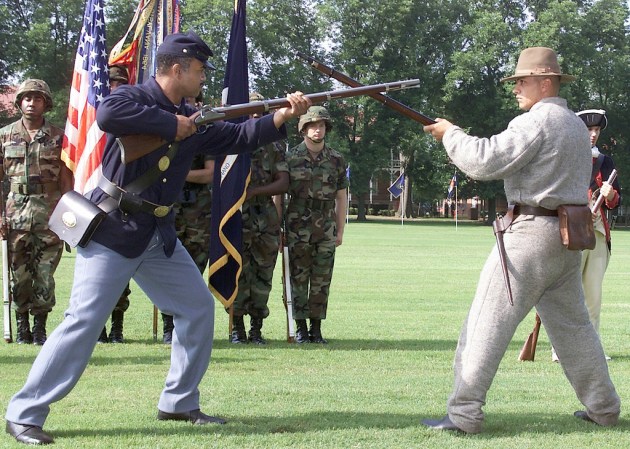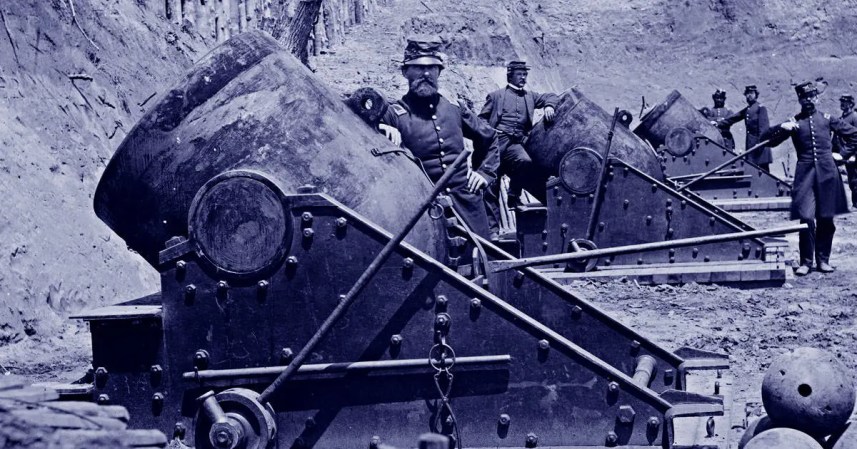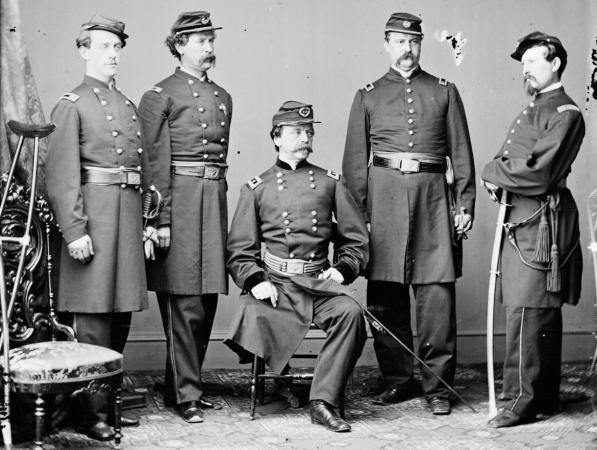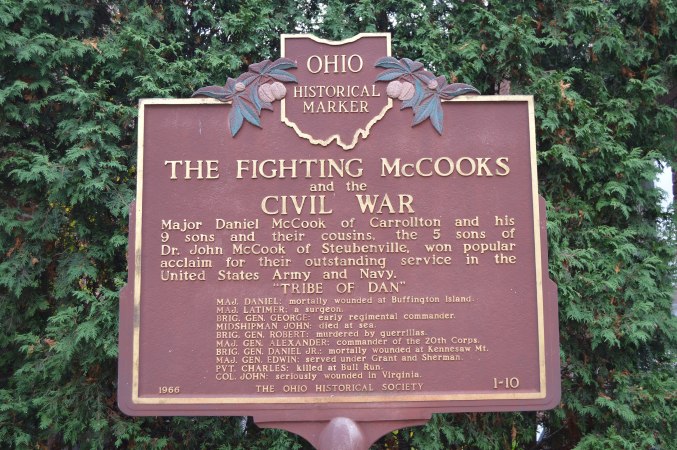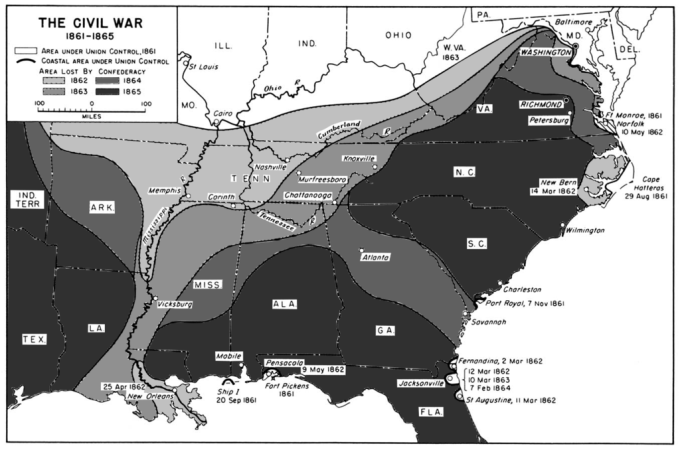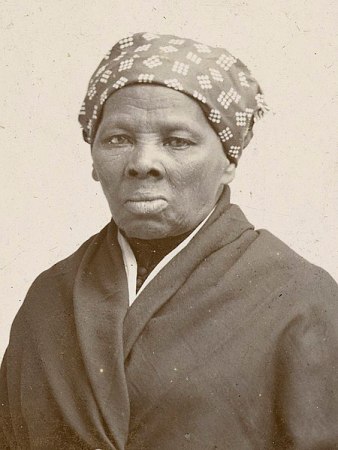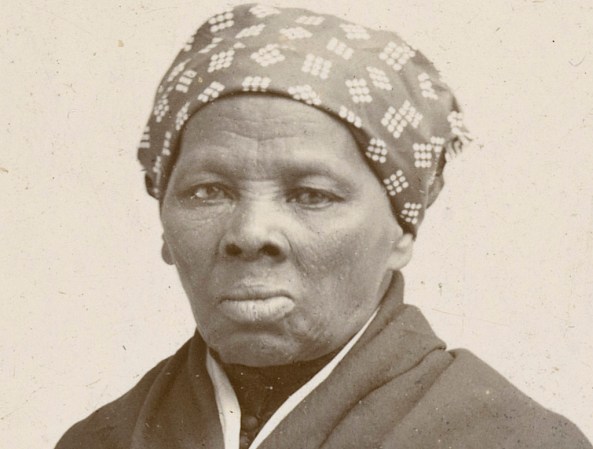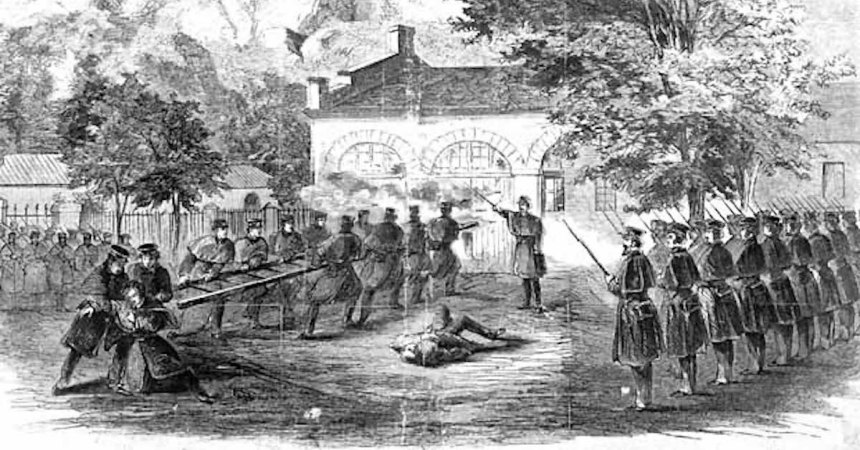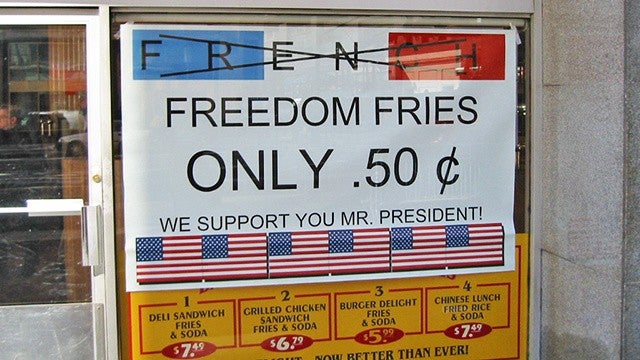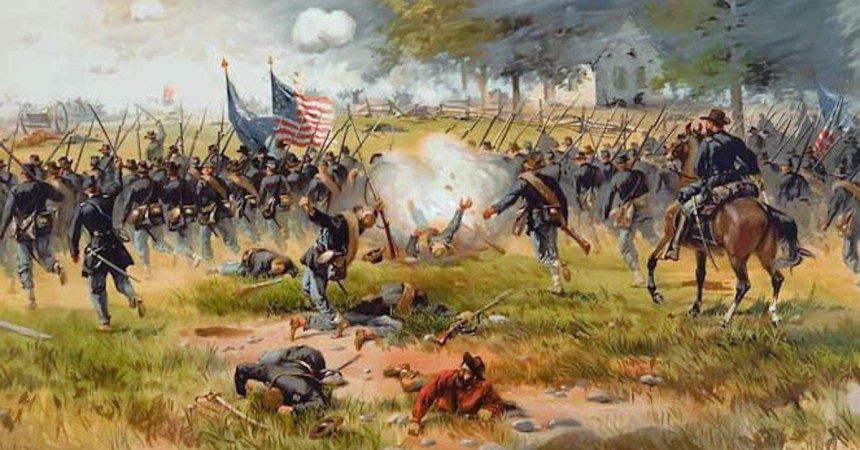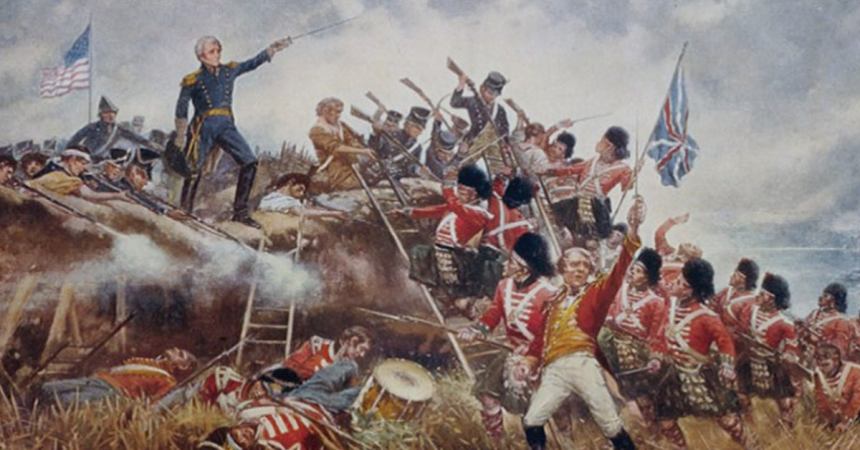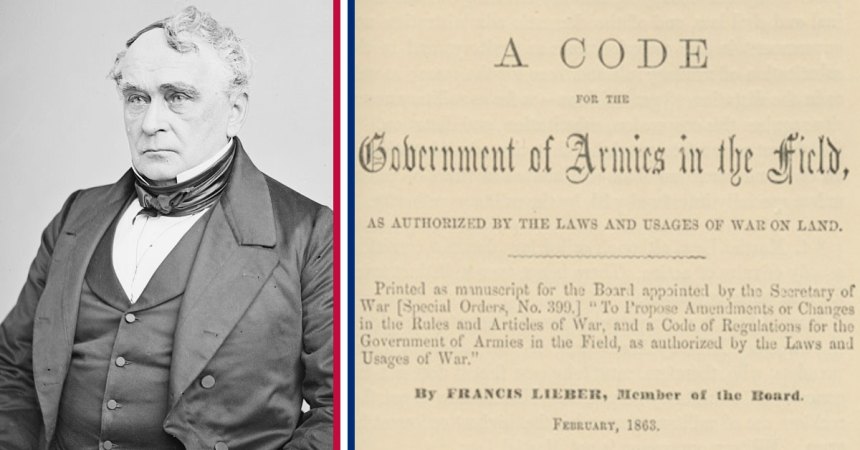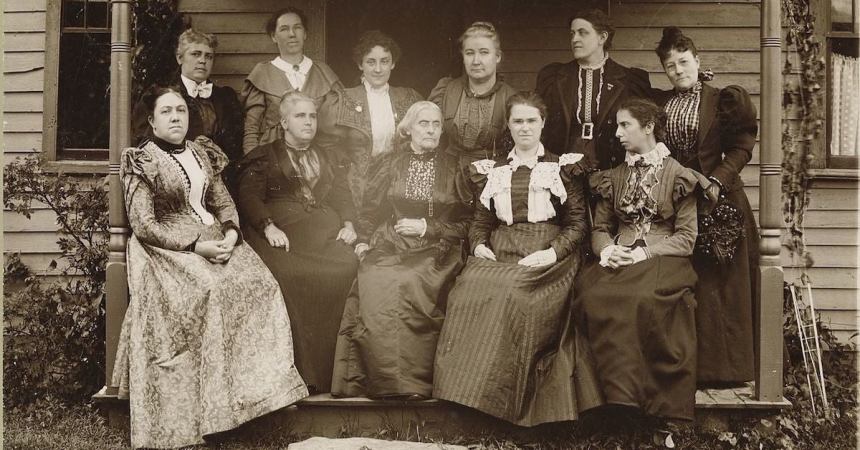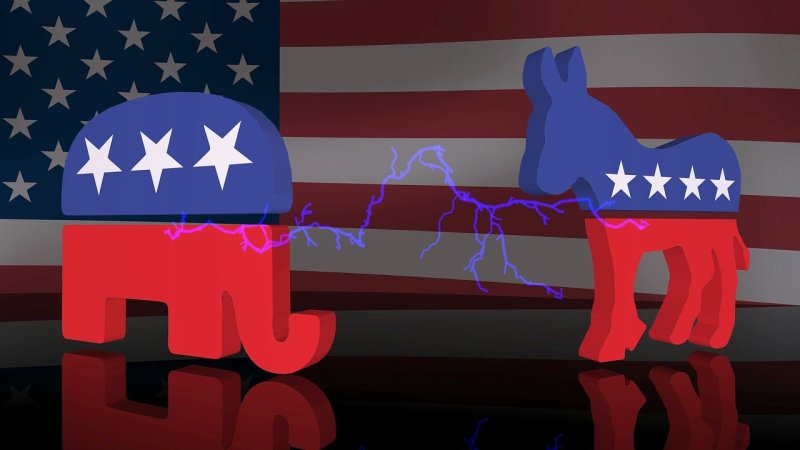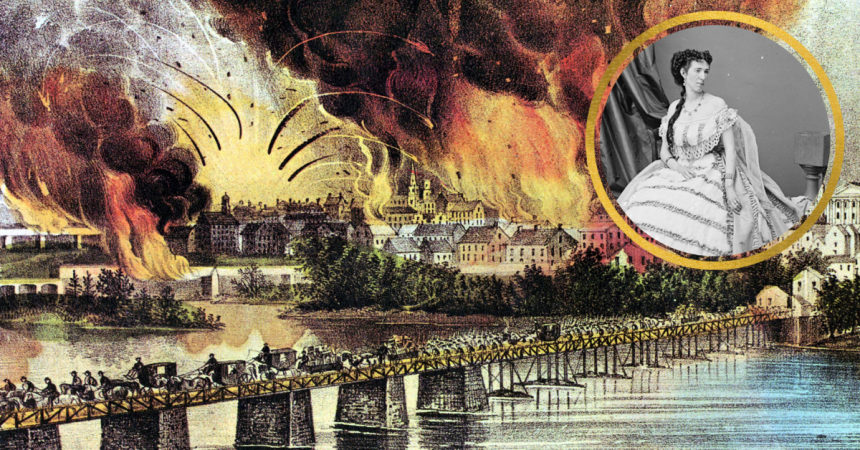Former White House Chief of Staff John Kelly caught a lot of heat for his comments about the cause of the American Civil War. Kelly said that it happened because of “a lack of ability to compromise.” And while that is technically true, it could be said that every war starts because of a lack of ability to compromise.

Even if you venture away from the politics of the moment and step back in time to the politics of 1860, the cause of the American Civil War is still because of one issue: slavery. Even a more holistic understanding of the war reveals the one true cause at the heart of the conflict.
State’s rights
When someone is trying to make the cause seem like something other than slavery, the first issue they talk about is “state’s rights.” This happens so often, “state’s rights” has become a euphemism for slavery. But the power of federal law over state law was first settled by the Nullification Crisis in the 1830s.
South Carolina tried to declare certain federal tariffs null and void within the borders of the state. They also asserted they could nullify any federal law they declared unconstitutional. But they were dealing with a president who believed nullification was a step toward secession and he wasn’t having it.

While Jackson lowered the tariffs to resolve the crisis, he also signed the Force Bill into law, which said the federal government had the authority to implement federal authority by force if necessary. Here the first stones of the road to war were laid, but if the war was really about the authority of states versus the federal government, the Civil War would have started in the 1830s.
Bleeding Kansas
The Civil War was not the first time American started shooting at each other over the issue of slavery. As the Union expanded after the Revolutionary War and more states were added, the balance between slaveholding states and free states was carefully maintained.
Representatives from slave states believed if too many free states were added to the union, the power of slaves states would diminish so much that slavery everywhere could be easily outlawed. But as more destiny manifested in the form of new U.S. territory, someone had to organize the unorganized territory.

In 1820, the Missouri Compromise determined the Free State-Slave State border at a latitude of 36° 30′ – a separation of North vs. South. After the Mexican-American War acquired new territory, and thus new states, the Compromise of 1850 determined which would be admitted as Free and Slaveholding states.
Then in 1854, the law of unintended consequences showed up and the Kansas-Nebraska Act said the people of a state would vote on whether or not their state would have slaves. Settlers flooded into the new territories and violence soon erupted between pro- and anti-slavery fighters.

It was a sign of things to come. Literally. Like Terminator 2, the second coming of John Brown is even more epic than the first.
The Dred Scott decision
When a black slave named Dred Scott was sold to a white man who moved Scott into the free areas of Illinois and Wisconsin, Scott sued his owner, arguing that being in a state where slavery was illegal meant that he could not be a slave. That’s when the Supreme Court made the worst decision since declaring that black people in America were to be counted as 3/5 of a person.

The Supreme Court ruled that any black person, free or slave, was property and neither a person nor subject to the protections of law. While the court and President-elect James Buchanan were hoping that the decision would end public debate about legislating slavery, Northerners saw the decision as removing the idea of “free” states entirely and fueled the conspiracy theory of a pro-slavery cabal of rich men in Congress.
John Brown’s raid
Abolitionist John Brown led a raid on the federal arsenal at Harper’s Ferry, Virginia, between Oct. 16 and Oct. 19, 1859. He wanted to seize the arms there and distribute them to the local slave population. His intent was to lead a revolt that would destroy slavery in the United States.

Brown’s 22 fellow abolitionists fought a company of U.S. Marines under Robert E. Lee and J.E.B. Stuart. Ten of Brown’s men were killed in combat. Brown would be captured and hanged for treason and murder. He would also be considered a martyr by the northern states, which led the south to believe northerners wanted to exterminate their way of life.
Suddenly the Presidential election of 1860 became even more important. It was seen as a referendum on the future of the nation – the country would be free or slaveholding.
Lincoln wins
Lincoln received zero votes in nine states, but still won 40 percent of the overall vote, including majorities in the most populous states. It was enough to beat a heavily divided opposition in the Electoral College. By the time of his inauguration, seven states already seceded from the union – even though Lincoln promised to leave slavery alone where it already existed.
No matter how you study the roads that led to the Civil War, it always comes back to one cause.

The Civil War would kill more Americans than the Revolution, WWI, WWII, and Vietnam – combined.



